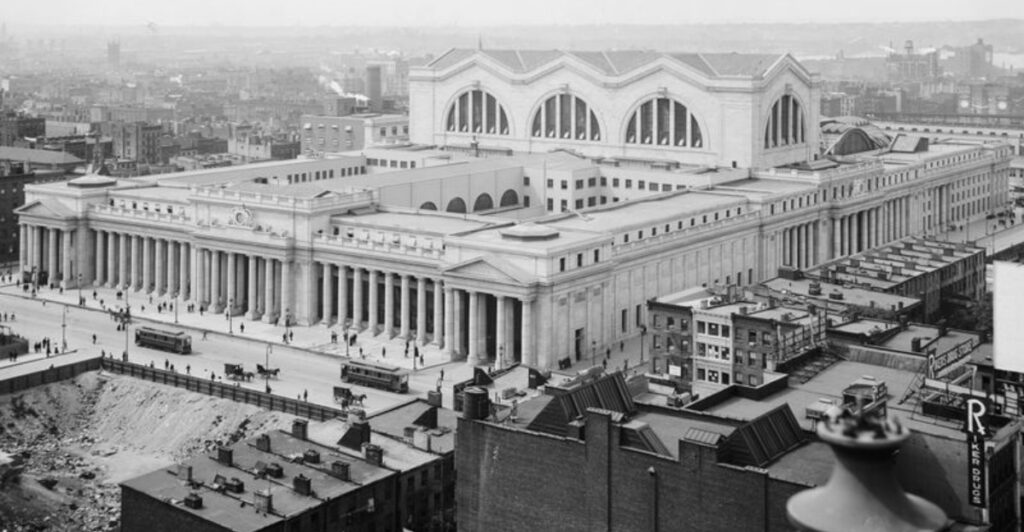America’s landscape has been forever altered by the disappearance of once-cherished landmarks. From architectural masterpieces demolished in the name of progress to natural wonders erased by disaster, these lost treasures tell a story of our changing nation. Each represented something special about American identity, and their absence leaves both physical and cultural voids that can never truly be filled.
1. Pennsylvania Station’s Majestic Fall
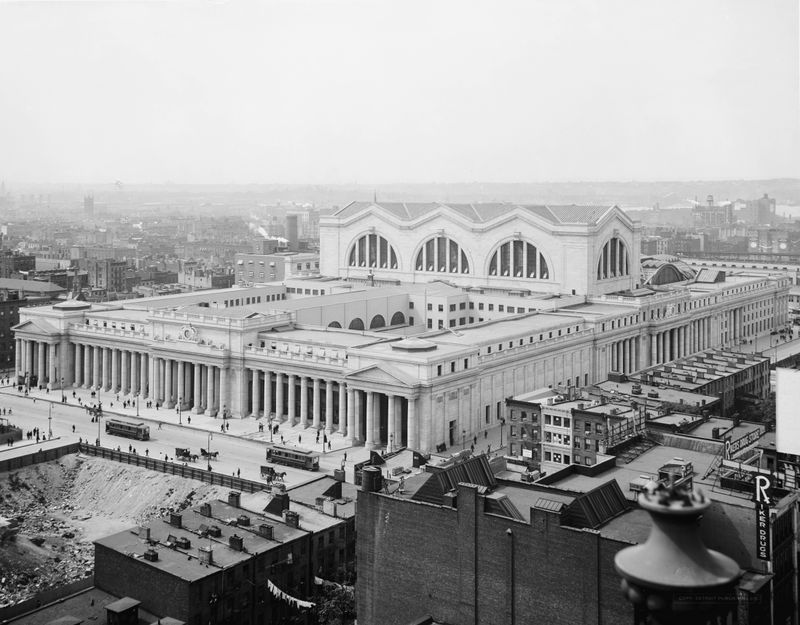
The wrecking balls came for New York’s Pennsylvania Station in 1963, erasing one of America’s architectural treasures. Pink granite columns and soaring glass ceilings that once welcomed travelers vanished in clouds of dust.
The Beaux-Arts masterpiece, completed in 1910, stretched across two city blocks and was modeled after ancient Roman baths. Its destruction sparked national outrage and birthed the modern preservation movement.
“Until the first blow fell, no one was convinced that Penn Station really would be demolished,” wrote The New York Times. The station’s demise led directly to landmark protection laws that would save countless other buildings from similar fates.
2. Singer Building’s Record-Breaking Demolition
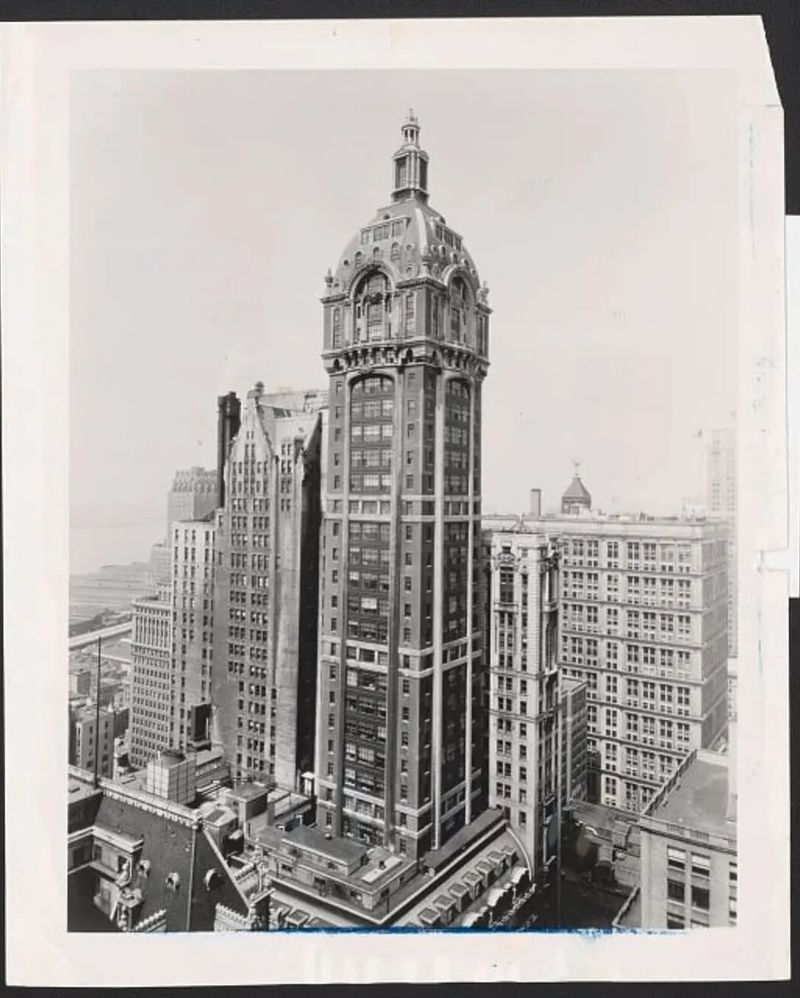
Standing proudly as the world’s tallest building in 1908, the Singer Building’s elegant silhouette defined New York’s early skyline. Its distinctive tower, crowned with a copper lantern that glowed like a beacon, became an instant Manhattan icon.
Designed by architect Ernest Flagg, the 41-story skyscraper featured a slender tower rising from a massive base. When wrecking crews arrived in 1967, they embarked on what would become the tallest intentional building demolition in history.
The Singer Building’s demolition remains a painful reminder of how easily architectural heritage can be sacrificed. One Liberty Plaza now stands in its place, but photographs preserve the lost beauty of this pioneering skyscraper.
3. Federal Hall’s Revolutionary Legacy
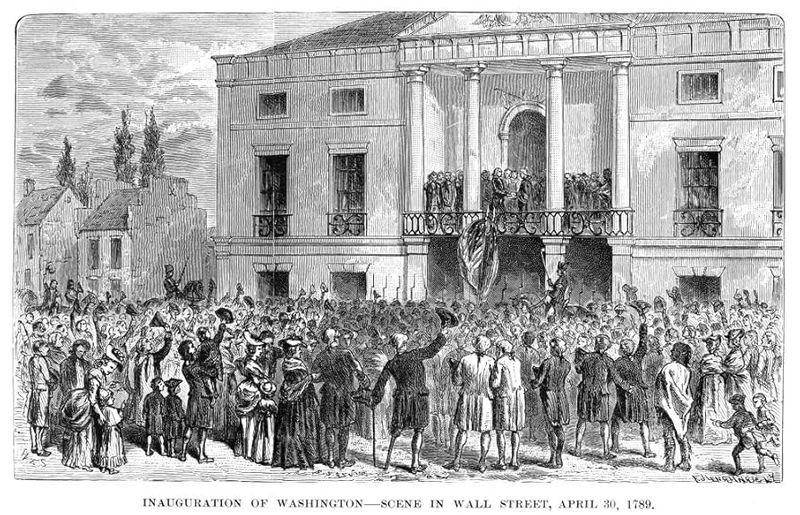
Before the White House or Capitol existed, Federal Hall stood as America’s first capitol building. On its balcony in 1789, George Washington took the oath as our first president, establishing the peaceful transfer of power that defines American democracy.
The original Federal Hall, built in 1700 as New York’s City Hall, hosted the First Congress and saw the Bill of Rights drafted within its walls. Despite this extraordinary historical significance, the building was demolished in 1812.
A Greek Revival structure now stands at the site as a national memorial. Though the original building is gone, its importance lives on as the birthplace of American government, where our nation’s democratic experiment first took shape.
4. Garrick Theater’s Cultural Sacrifice
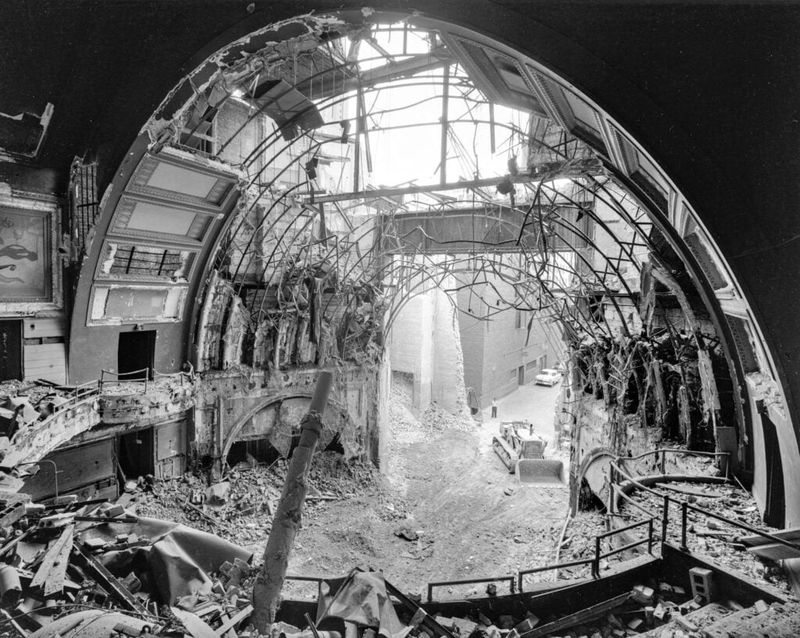
Chicago’s Garrick Theater represented the pinnacle of American theatrical architecture when completed in 1892. Louis Sullivan, the father of modern American architecture, created this masterpiece with ornate organic details and revolutionary structural innovations.
For decades, the Garrick hosted performances that shaped American culture. Its interior featured Sullivan’s signature intricate organic ornament—delicate, nature-inspired designs covering surfaces throughout.
When demolition crews arrived in 1961 to make way for a parking garage, preservationists fought desperately but failed. The Garrick’s destruction galvanized Chicago’s preservation movement, though too late to save this irreplaceable treasure. Today, only fragments of Sullivan’s ornamental work survive in museums.
5. Prentice Women’s Hospital’s Brutal End
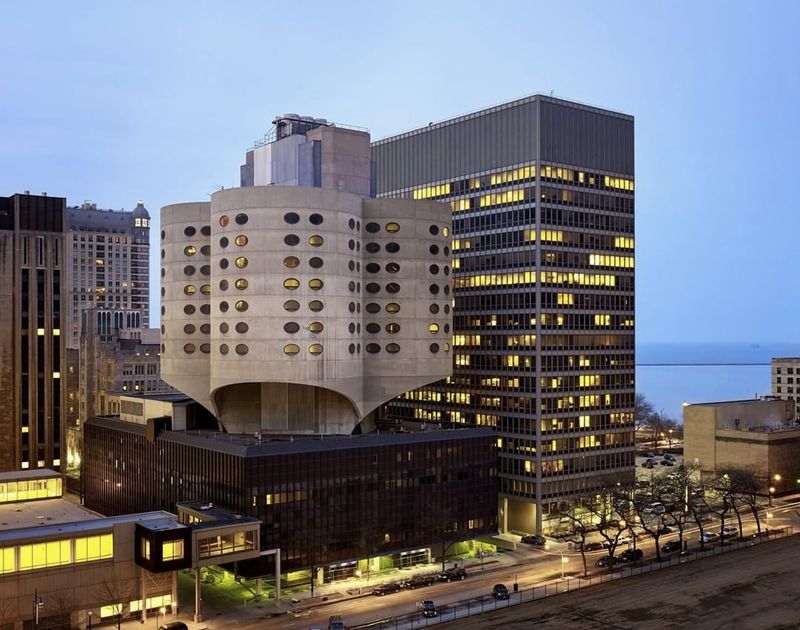
Rising from Chicago’s skyline like a concrete flower, Prentice Women’s Hospital embodied architectural innovation when completed in 1975. Its distinctive quatrefoil shape—a concrete tower of four rounded lobes—appeared to float above a rectangular base, creating an instantly recognizable silhouette.
Architect Bertrand Goldberg designed this brutalist marvel using groundbreaking computer techniques. The cantilevered upper floors eliminated the need for structural columns, creating revolutionary open floor plans for patient care.
Despite international protests from architects and preservationists, Northwestern University demolished Prentice in 2014 to expand its medical campus. The building’s destruction sparked fierce debate about preserving modern architecture versus institutional growth needs.
6. Vanderbilt Mansion’s Gilded Age Glory
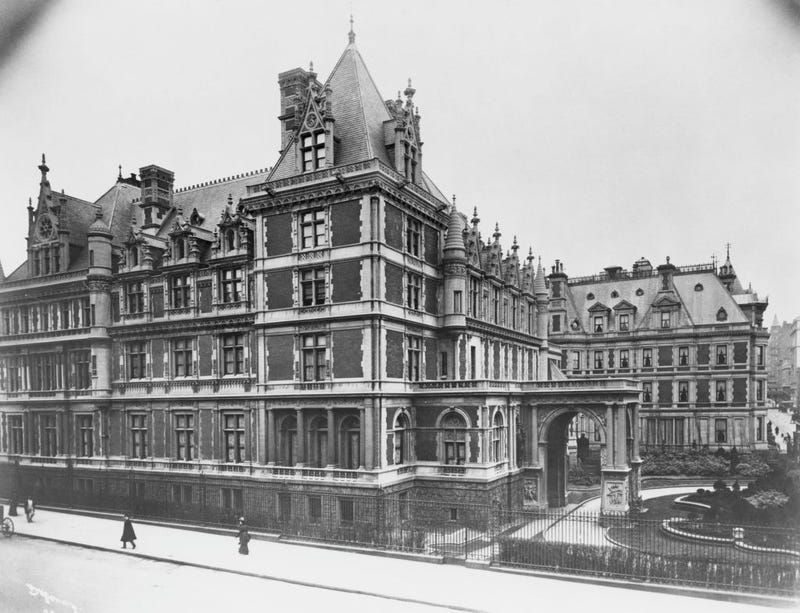
The Cornelius Vanderbilt II mansion once crowned Fifth Avenue as the largest private residence ever built in New York City. Completed in 1883 and expanded in 1894, this limestone château occupied an entire city block between 57th and 58th Streets.
Inside, 130 rooms showcased the finest European craftsmanship money could buy. The mansion’s grand staircase, modeled after Versailles, featured a massive skylight illuminating marble steps wide enough for ten people to walk abreast.
When demolished in 1926 to make way for Bergdorf Goodman department store, the mansion symbolized the fading Gilded Age. Some architectural elements were salvaged, including the entrance gates now standing in Central Park and the main hall fireplace displayed at the Metropolitan Museum of Art.
7. Old Cincinnati Library’s Literary Cathedral
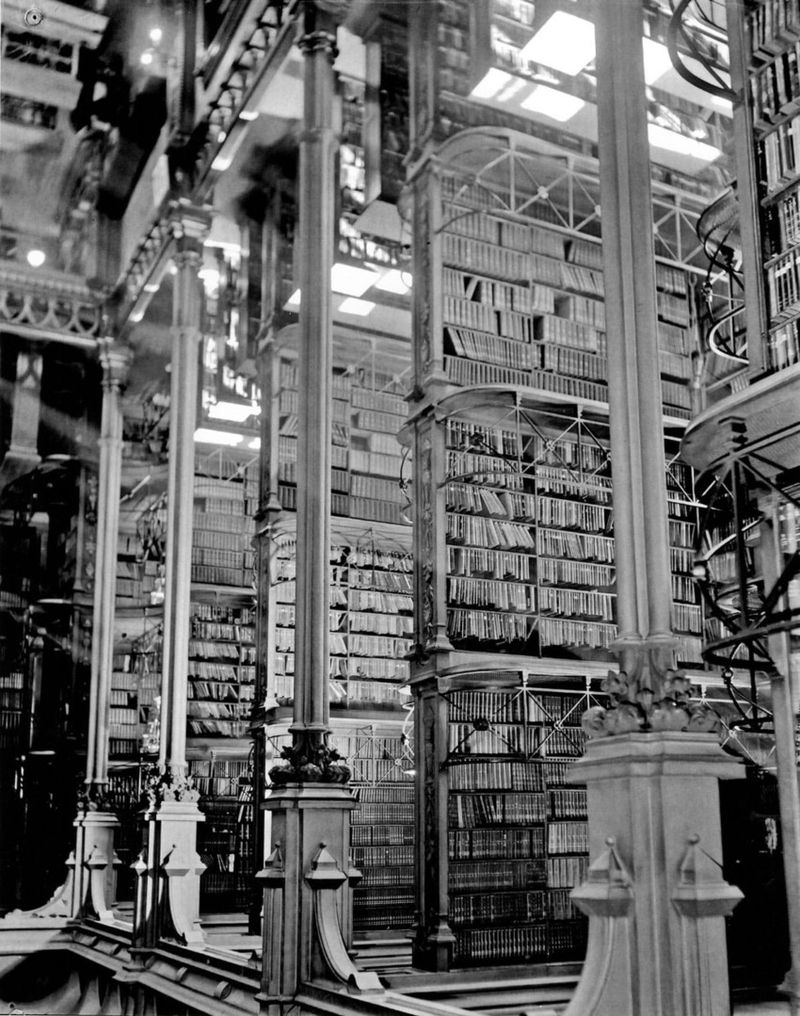
Cast-iron book alcoves soared five stories high in Cincinnati’s Public Library, creating a cathedral to knowledge unlike any other in America. Completed in 1874, this magnificent structure featured a central skylight illuminating row upon row of books, accessible by narrow catwalks and spiral staircases.
Patrons described the experience of entering the main hall as breathtaking. The building’s innovative cast-iron framework allowed for both beauty and functionality, supporting massive book collections while creating an airy, open interior.
Despite public outcry, the library was demolished in 1955 for a more modern facility. Today, haunting photographs of the old library continue to circulate online, sparking renewed appreciation and regret for what was lost—a temple of learning that combined Victorian grandeur with industrial innovation.
8. Old Man of the Mountain’s Natural Collapse
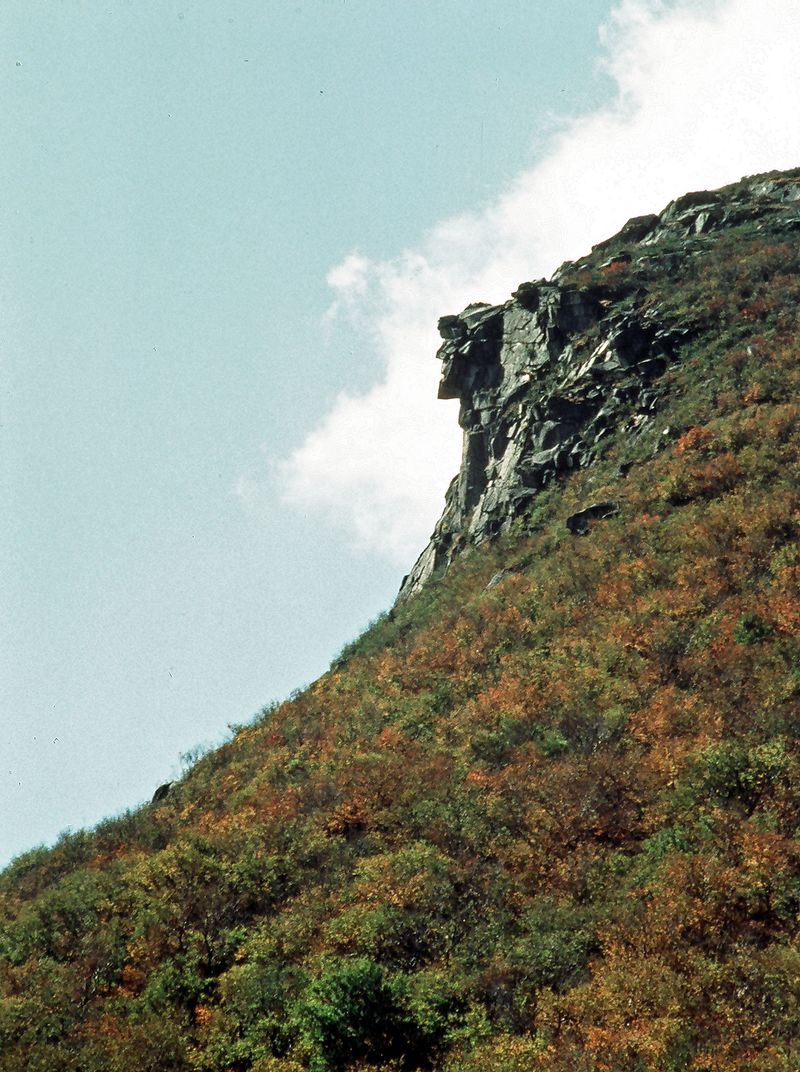
For thousands of years, a granite profile watched over New Hampshire’s Franconia Notch, its stern face becoming the state’s most beloved natural symbol. The Old Man of the Mountain—a series of five granite ledges that, when viewed from the north, created a perfect 40-foot-tall human profile—adorned everything from state highway signs to license plates.
Native Americans had known the formation long before European settlers arrived. Daniel Webster famously wrote that the Old Man was God’s sign that “in New England, He makes men.”
Despite decades of preservation efforts using steel cables and epoxy, the formation collapsed before dawn on May 3, 2003. Many New Hampshire residents reported feeling genuine grief, as if they’d lost a family member rather than a rock formation.
9. Sutro Baths’ Oceanside Ruins
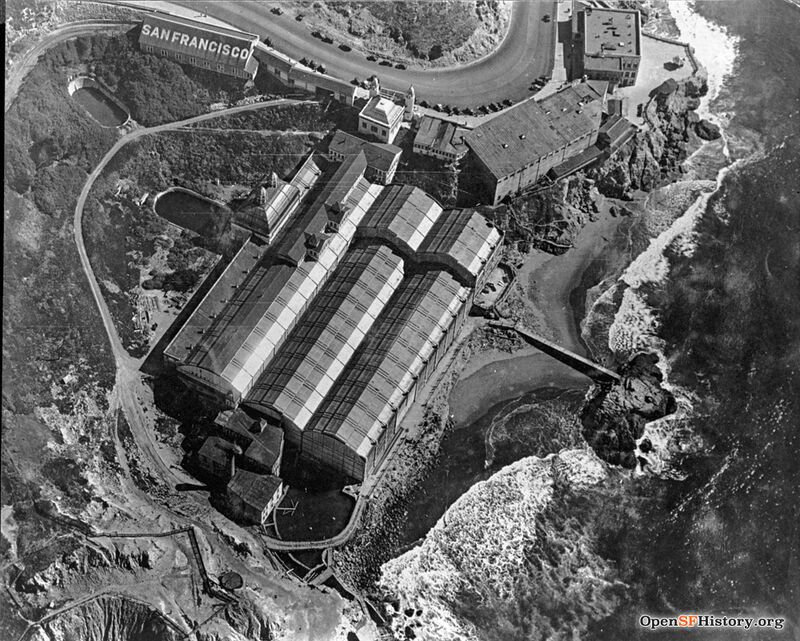
San Francisco’s coastline once featured the world’s largest indoor swimming establishment—a glass palace where 10,000 bathers could splash in seven pools filled with filtered ocean water. Adolph Sutro, a mining engineer and former mayor, opened his magnificent Sutro Baths in 1896 as a public attraction accessible to citizens of all classes.
The massive complex included slides, trapezes, springboards, and a museum with Egyptian mummies and stuffed animals. Heated to different temperatures, the pools accommodated swimmers of all abilities beneath a massive glass roof that allowed natural light to flood the space.
Financial troubles plagued the baths until a fire during demolition in 1966 left only concrete ruins. Today, these haunting remains within the Golden Gate National Recreation Area draw visitors imagining the splendor that once was.
10. Morro Castle’s Beachfront Tragedy

The SS Morro Castle began as a luxury passenger liner and ended as America’s most notorious maritime disaster of the 1930s. Built to carry vacationers between New York and Havana, the elegant ship featured Art Deco interiors, swimming pools, and first-class accommodations for wealthy travelers seeking Cuban adventures during Prohibition.
Tragedy struck on September 8, 1934, when fire broke out as the ship approached New Jersey. With the captain recently deceased and chaos among the crew, the burning vessel ran aground near Asbury Park’s Convention Hall.
For months, the blackened hull remained visible from shore, becoming a macabre tourist attraction. The disaster, which claimed 137 lives, led to major maritime safety reforms including fireproof materials, fire doors, and improved crew training requirements.
11. Hippodrome Theater’s Entertainment Empire
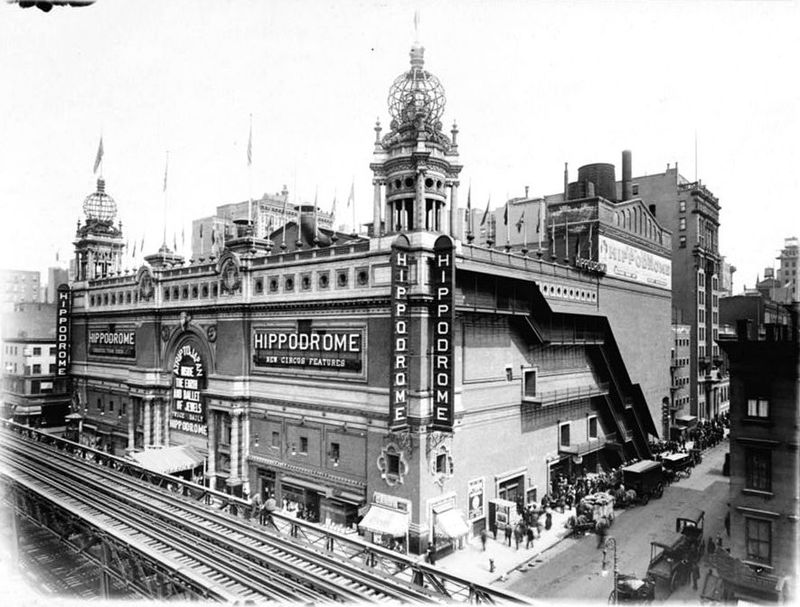
New York’s Hippodrome Theater once stood as the largest and most spectacular theater in the world. Opening in 1905 with seating for 5,300 spectators, this entertainment colossus occupied an entire block between 43rd and 44th Streets.
The Hippodrome’s stage could accommodate literal circuses, complete with elephants marching from basement holding areas. Its revolutionary features included a massive water tank that could rise from below for aquatic spectacles featuring diving horses and elaborate naval battles.
For decades, the Hippodrome represented American entertainment at its most ambitious. Yet changing tastes and economic pressures led to its demolition in 1939, replaced by an office building. The theater that once hosted Harry Houdini’s greatest illusions and John Philip Sousa’s band performances vanished like a magician’s final trick.
12. Midway Gardens’ Prairie Style Paradise
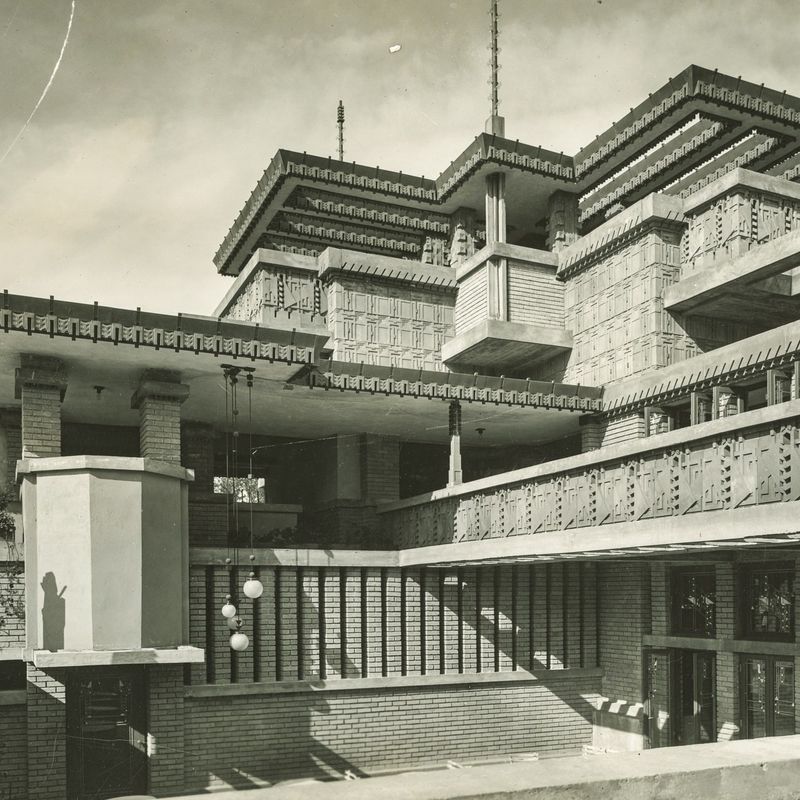
Frank Lloyd Wright’s only entertainment complex, Midway Gardens, combined architecture, sculpture, music, dining, and dancing in Chicago’s Hyde Park neighborhood. Opened in 1914, this indoor-outdoor pleasure garden featured geometric designs, colorful murals, and sculptural elements creating a totally integrated artistic environment.
Beer gardens, restaurants, dance floors, and concert spaces nestled within Wright’s prairie-style complex. The central courtyard hosted summer concerts where patrons could enjoy refreshments while listening to bands perform from a geometric bandshell.
Prohibition dealt a fatal blow to this artistic wonderland, forcing its closure. Demolished in 1929, Midway Gardens survived just 15 years. Today, only fragments of decorative elements remain in museums, while Wright enthusiasts mourn the loss of what might have been his most ambitious integration of all the arts.
13. Tulsa’s Black Wall Street Destruction
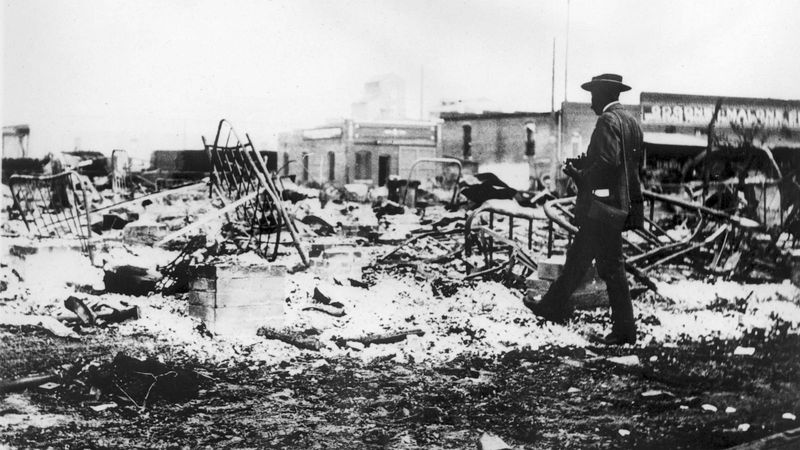
Before May 31, 1921, Greenwood District in Tulsa, Oklahoma flourished as America’s wealthiest Black community. Nicknamed “Black Wall Street,” this 35-block neighborhood contained hundreds of Black-owned businesses—luxury shops, restaurants, grocery stores, hotels, theaters, and professional offices.
Greenwood represented African American self-sufficiency and prosperity despite Jim Crow segregation. The district boasted its own school system, post office, and hospital, all built and operated by Black professionals.
Everything changed when white mobs, some deputized by local authorities, attacked the district with firearms and even aircraft dropping incendiary devices. Within 24 hours, over 1,200 homes and businesses were burned to the ground. This deliberate destruction of American prosperity remained largely unacknowledged in history books for decades, erasing both physical landmarks and historical memory.

